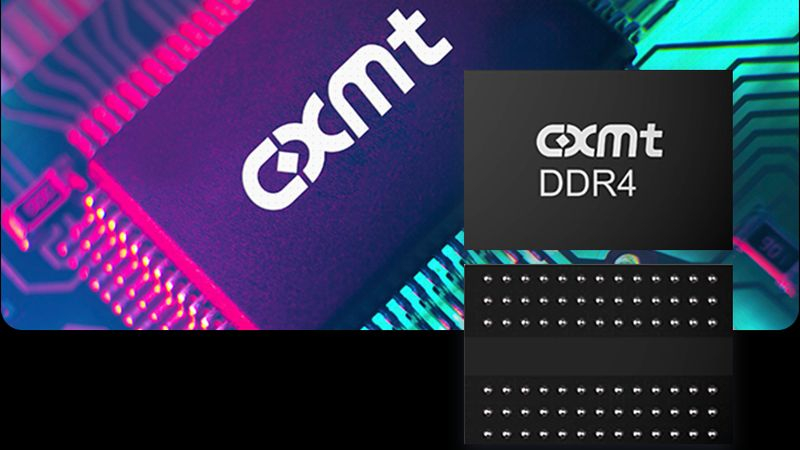The leaders in the HBM memory industry are South Korean companies SK hynix and Samsung Electronics, which together control approximately 96% of this market, with the former seriously ahead of the latter in the advanced HBM3E segment. The Chinese company CXMT is trying to independently produce HBM2, but American sanctions prevent it from doing this, and therefore mass production of Chinese memory of this type will not be mastered until 2025.

Image source: CXMT
So say analysts, whose forecast is cited by the South China Morning Post. TechInsights experts explain that the HBM-class memory used by Chinese developers of computing accelerators comes from South Korean SK hynix and Samsung Electronics, since the American Micron Technology, which is under sanctions in China, cannot participate in this supply chain.
China’s CXMT’s efforts to develop methods for producing HBM have caught the attention of US regulators, and sanctions against the company are increasing and it is becoming increasingly difficult for the company to stay on track. Attempts to begin production of HBM as the flagship of Chinese industry have been made since 2023, but they are mainly limited to the experimental stage and registration of patents necessary for organizing production. According to representatives of Morgan Stanley, CXMT is collaborating with one of the Chinese players in the chip packaging and testing services market, which is completely natural.
Together, both Chinese companies have filed about 100 patent applications related to HBM memory technologies since 2022. According to TechInsights analysts, CXMT will be able to establish serial production of HBM2 no earlier than 2025, and the yield level of suitable products will not exceed 30%, and therefore such memory will remain not only scarce, but also very expensive. Under sanctions, CXMT only has access to equipment that allows it to work with 17-nm and 18-nm technical processes, while foreign competitors have already stepped into the range below 10 nm. At the same time, CXMT is already able to control 11% of the world’s DRAM memory production capacity; over the past couple of years, it has increased its production volumes almost fourfold.
South Korean SK hynix, which has earned the right to be considered a market leader, introduced its HBM2 memory in 2018, and it released the first generation HBM chip as the first in the world in 2013. Two months ago, the company introduced the 12-layer HBM3E, which is the most advanced in the industry at the moment. Next year, such memory will become the most common in the segment of current computing accelerators. Chinese manufacturers in this sense are at least two generations behind it, even if we talk about their capabilities purely theoretically.